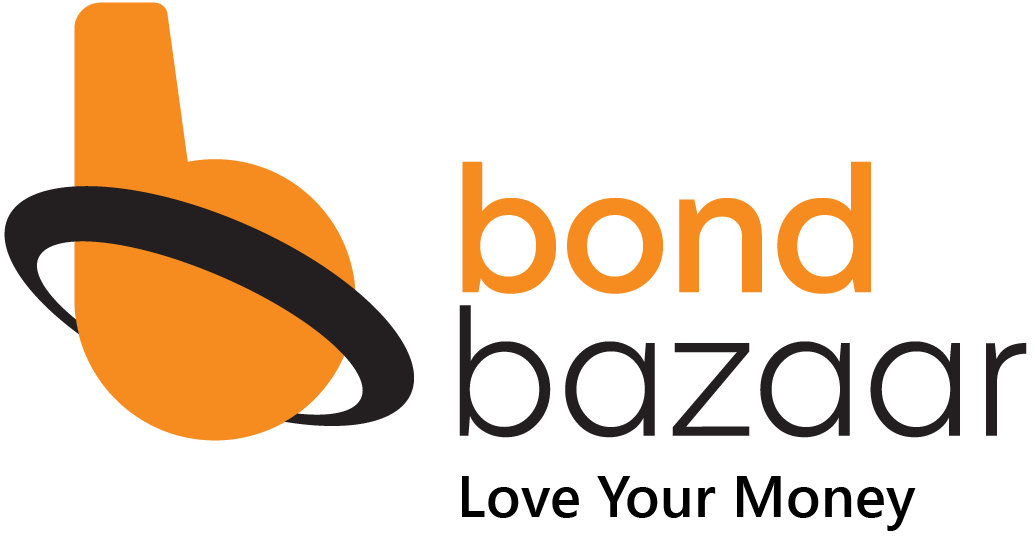Understanding Secured and Unsecured Bonds: A Clear Guide for Investors

When companies or governments need money to fund projects or expand operations, they often turn to bonds—essentially a promise to borrow money from investors and pay it back with fixed interest over time. Think of bonds as a formal, well-structured loan, offering more security than simply lending money informally. For investors, bonds provide steady returns, making them a reliable way to earn income and diversify their portfolios.
Picture a city planning to build a new metro system but lacking the funds upfront. Instead of raising taxes immediately, the city issues bonds to raise money from investors, promising to repay them with interest over the coming years. This approach helps the city move forward with its plans while giving investors a predictable income.
It’s important to know that not all bonds are the same; they mainly come in two types: secured and unsecured. Understanding these differences will help you choose investments that align with your financial goals and how much risk you’re comfortable taking.
What Are Secured Bonds and Unsecured Bonds?
Imagine a company wants to raise funds to expand its manufacturing plant. To attract investors, it issues bonds. These bonds can be backed by specific assets, like the factory building or machinery, or they might not have any asset backing.
- Secured Bonds are like loans backed by collateral. The company pledges certain assets as security. If the company fails to repay, investors have the legal right to claim and sell these assets to recover their money. This makes secured bonds safer investments, usually reflected in lower interest rates.
- Unsecured Bonds, on the other hand, are issued purely on the company’s creditworthiness without any collateral. If the company defaults, investors become general creditors with no claim on specific assets, increasing the risk. To compensate, unsecured bonds typically offer higher interest rates.
Knowing whether bonds are secured or unsecured helps you evaluate the risk and potential return, guiding you to investments that suit your comfort level.
Characteristics of Secured Bonds and Unsecured Bonds
When investing in bonds, you’ll often hear the terms secured and unsecured, and knowing the difference can help you make smarter choices. Let’s break down the key characteristics of secured and unsecured bonds.
Secured Bonds
- Backed by Assets: The issuer pledges tangible assets such as real estate, equipment, or receivables as collateral.
- Lower Risk: Because of the collateral, secured bonds provide a safety net, reducing the risk of loss.
- Lower Interest Rates: The reduced risk means issuers pay less interest than unsecured bonds.
- Ideal for Conservative Investors: Those prioritising capital preservation and steady income often prefer secured bonds.
Unsecured Bonds
- No Collateral: These bonds rely solely on the issuer’s promise to pay without being backed by specific assets.
- Higher Risk: If the issuer defaults, investors may face losses since there’s no collateral to claim.
- Higher Interest Rates: To attract investors despite the higher risk, issuers offer better returns.
- Suitable for Risk-Tolerant Investors: Those seeking higher yields and willing to accept volatility may choose unsecured bonds.
Comparing Secured Bonds vs Unsecured Bonds: Key Differences
Thinking about where to put your money—somewhere safe or with a bit more risk for better returns? That’s where the debate between secured and unsecured bonds comes in. Here’s a quick comparison to help you understand how they stack up against each other.
Why Does This Matter to You as an Investor?
Choosing between secured bonds and unsecured bonds is like deciding whether to back a business with a safety net or trust its reputation alone. For instance, if you invest in a secured bond issued by a manufacturing company, you know that if the company faces financial trouble, the factory or equipment can be sold to repay you. This reduces your risk substantially.
Conversely, investing in an unsecured bond from a tech startup might offer higher returns, but if the company struggles, you may have no asset claims, increasing your chance of loss.
Balancing Your Portfolio with Secured and Unsecured Bonds
A well-rounded investment portfolio often includes both secured bonds and unsecured bonds to balance safety and growth potential.
- Secured bonds provide stability and capital protection, which is ideal for investors who want to safeguard their principal.
- Unsecured bonds offer higher yields, appealing to those willing to accept more risk for better returns.
For example, a seasoned investor might allocate 60% to secured bonds for steady income and 40% to unsecured bonds to boost overall returns. This diversification helps manage risk while capturing growth opportunities.
Secured vs. Unsecured Bonds: Making the Right Choice for You
Ultimately, the decision between secured bond vs unsecured bond hinges on your personal financial goals and risk appetite.
- If you prioritise capital protection and steady income, secured bonds are a smart choice.
- If you seek higher returns and are comfortable with increased risk, unsecured bonds may better suit your strategy.
Secured bonds and unsecured bonds each play a unique role in the investment landscape. Secured bonds offer peace of mind with asset-backed security and lower risk, while unsecured bonds provide opportunities for higher returns at a greater risk.By thoughtfully blending these options, you can create a balanced portfolio that supports growth and stability. Bondbazaar makes this process straightforward and accessible, helping you explore a diverse range of bonds with expert guidance and real-time trading.
Bondbazaar offers over 10,000 bonds, including secured and unsecured options across government securities, corporate bonds, and more. Investors can earn fixed returns between 8% and 14%, with the convenience of real-time trading on a SEBI-regulated platform.With zero account opening, brokerage, or maintenance charges, and bonds held securely in demat form, Bondbazaar ensures your investments are safe and accessible. Both Interest and principal payments are credited directly to your bank account, adding to the ease of managing your portfolio.
Invest wisely, understand your options, and let your bond investments work confidently toward your financial future.
